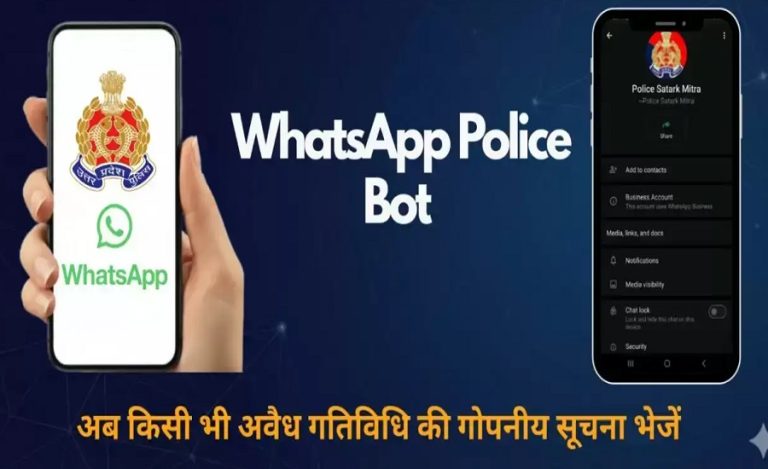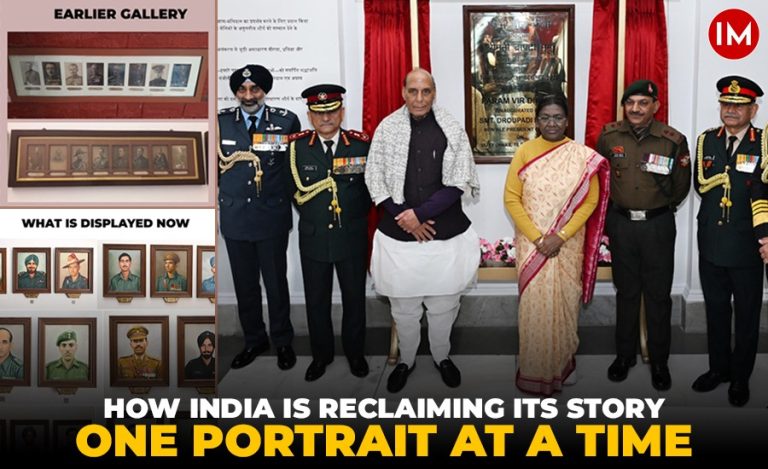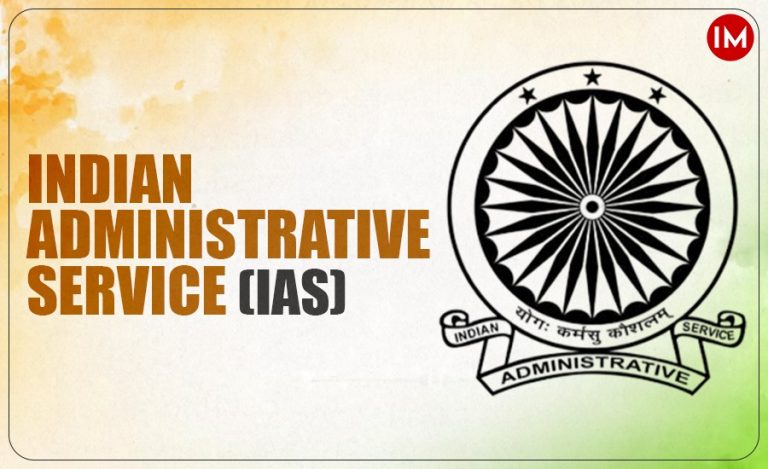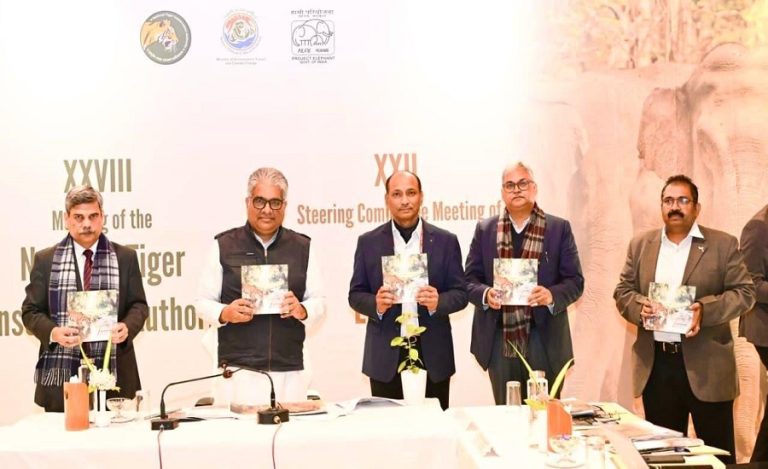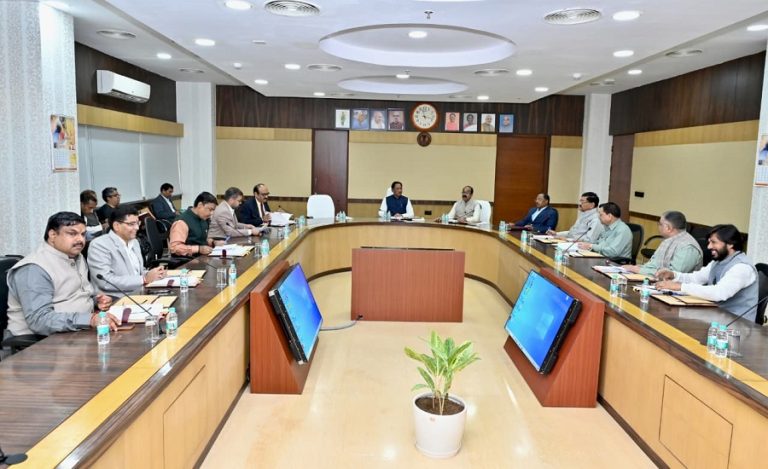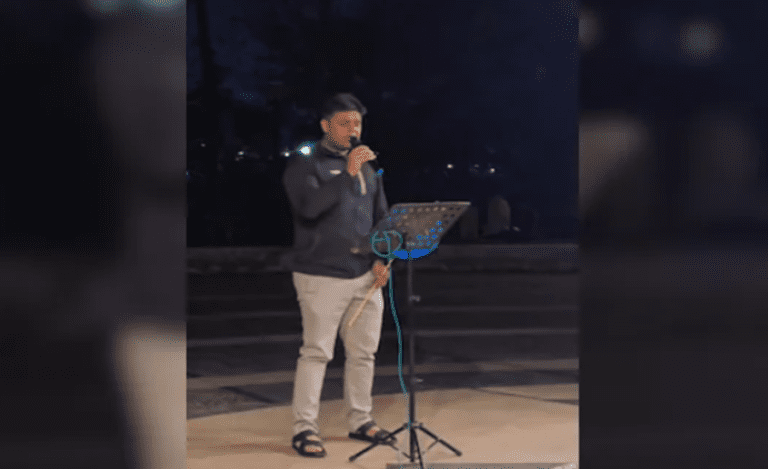It began like any other cybercrime complaint—just another victim duped into transferring money to an unknown bank account. But for the Cyber Crime Police Station of Outer North District, New Delhi, this was anything but routine. The case, initially registered as a fraudulent UPI transfer of ₹94,000, soon spiraled into one of the biggest cyber fraud busts in recent history.
A 32-year-old woman received a call from what appeared to be an official landline number. The caller, impersonating a CBI officer, informed her that her phone number was being misused in criminal activities. To avoid arrest, she was told to pay a ‘fine’ immediately. In a panic, she transferred the money. It was only later that she realized she had fallen victim to a digital arrest scam—one of the many fraud modules deployed by cybercriminals operating from abroad.
This was no isolated incident. What IPS officer Nidhin Valsan and his team uncovered next would expose a sprawling cybercrime operation that stretched from India to Cambodia, Thailand, and even Canada. In an exclusive conversation with Indian Masterminds, the 2012 batch officer currently posted as DCP, Outer North District, shared details about the same.

TRACKING THE DIGITAL GHOSTS
Once the case was assigned to the cybercrime unit, a team led by Inspector Raman Kumar Singh and supervised by ACP Dinesh Kumar got to work. The first clue? The phone number used in the scam. While tracing its origin, investigators discovered that it was linked to a sophisticated SIP (Session Initiation Protocol) trunking system—a technology that allows calls to be made over the internet, masking their true origin.
“We knew we weren’t dealing with small-time fraudsters. This was an organized syndicate that had mastered the art of deception,” said IPS officer Nidhin Valsan. “These criminals were using SIP-based VoIP calls to impersonate officials and extort money from unsuspecting victims.”
THE NEXUS BETWEEN INDIA AND INTERNATIONAL CYBER GANGS
Digging deeper, the team identified a network of facilitators operating from Lucknow, Karnal, and Gurugram. These individuals were providing SIP services to cybercriminals based in Cambodia, Thailand, and Canada. The investigators found that over 1000 SIP numbers, fraudulently acquired from Jio and Tata Tele Services, were being used to route calls, making it nearly impossible to trace the true location of the fraudsters.
The scale of the operation was staggering. More than 200,000 fraudulent calls had been made across India, each designed to instill fear and manipulate victims into transferring money.
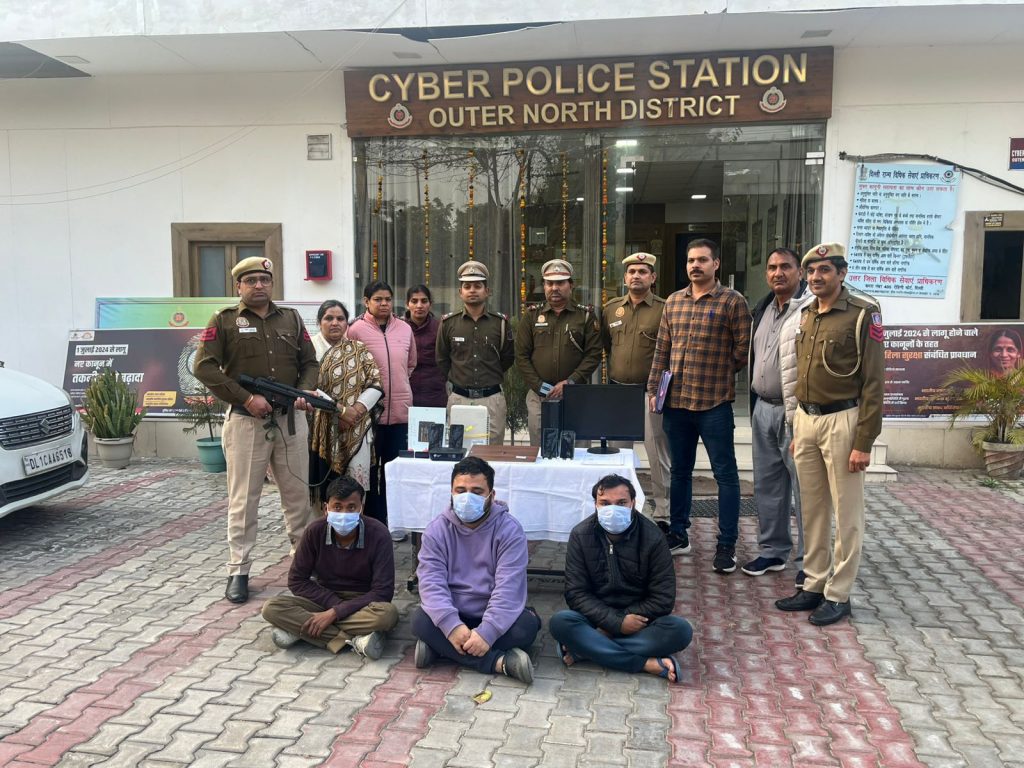
THREE ARRESTS, ONE CRUMBLING EMPIRE
On January 29, 2025, the first breakthrough came. Acting on technical surveillance, a raid was conducted in Rajajipuram, Lucknow. The team arrested 32-year-old Ajaydeep, the man responsible for acquiring SIP services and setting up fraudulent call centers. His interrogation led to the next target: Abhishek Srivastava, a computer hardware expert who had helped set up the cyberinfrastructure.
The real prize, however, was Ashutosh Bora. Arrested in Karnal, Haryana, he was the key facilitator who linked the Indian SIP services to international cybercrime networks. During interrogation, Ashutosh revealed his ties to Mohd Ali, an Indore-based mastermind who had been orchestrating these scams on a global scale.
“These criminals were smart, but we were smarter. They thought they could hide behind technology, but technology is also what brought them down,” Mr. Valsan told Indian Masterminds.
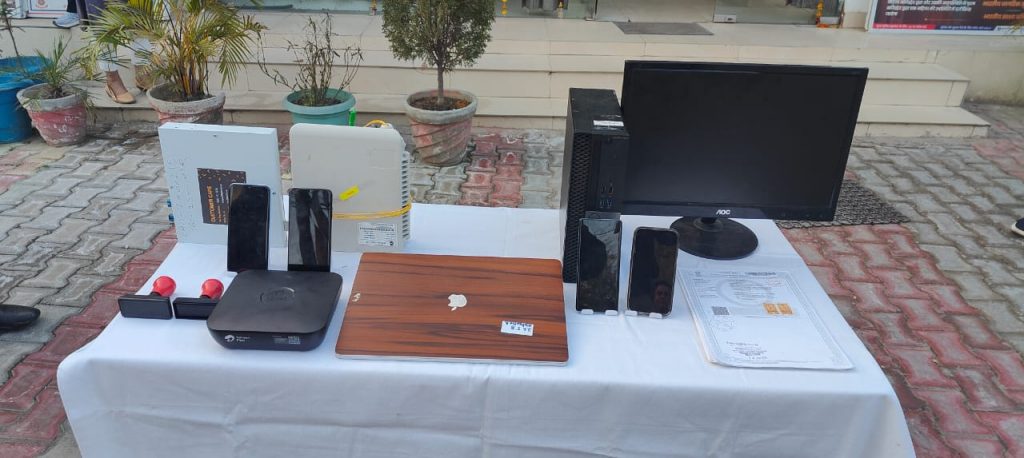
THE DARK ART OF THE DIGITAL ARREST SCAM
The investigation unearthed the precise method used by these fraudsters. It started with a VoIP call, routed through an offshore cloud telephony service called VOS 3000. The caller, impersonating a government official, would demand money under the threat of legal action. SIP trunking ensured the number appeared authentic, while international routing obscured its true origin.
By using fraudulently acquired SIP services, the criminals had made it difficult for authorities to track and block these numbers. However, once the cybercrime unit seized their servers, over 1000 SIP numbers and terminals were dismantled, effectively crippling their operations.
THE CRACKDOWN CONTINUES
The arrests were just the beginning. The police recovered a treasure trove of evidence, including multiple mobile phones, laptops, SIP trunking devices, and routers. Investigators are now working with I4C (Indian Cyber Crime Coordination Centre) to identify more victims and trace the money trail.
“This case is a wake-up call for digital security. We’re not just dealing with local fraudsters anymore—these are global syndicates targeting Indian citizens. We will hunt them down, no matter where they hide,” Valsan asserted.

WHAT LIES AHEAD
With the dismantling of this cyber ring, hundreds of innocent victims have been saved from falling into the same trap. But for Valsan and his team, the battle is far from over.
“Cybercrime is evolving every day. We need to stay ahead, keep learning, and keep fighting. This case was a victory, but there’s always another one waiting to be solved,” he shared with Indian Masterminds.
As the investigation continues, authorities remain vigilant, ensuring that cybercriminals no longer find safe havens in the digital world.


